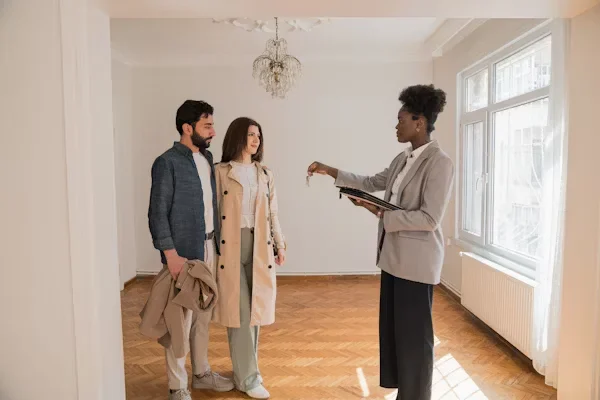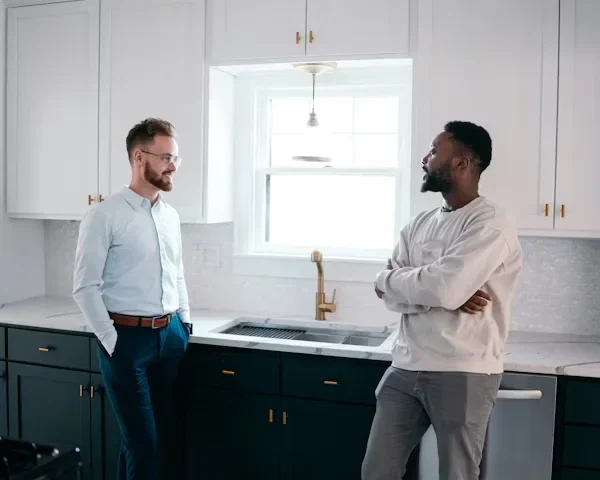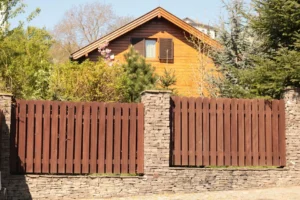Disclaimer: This article is for informational purposes only and does not constitute financial, legal, or real estate advice. Please consult a licensed professional for guidance specific to your situation.
Selling a home is exciting, but it can also feel overwhelming. You want buyers to walk in and instantly see themselves living there. That’s where staging comes in. If you’re getting ready to sell your home in Dallas, you’ll want it to stand out from the many listings buyers scroll through every day. Staging can make the difference between a slow sale and a quick offer. The good news is that you don’t need to spend a fortune to make your home look its best.
The Dallas housing market stays active year-round, with buyers often moving quickly on homes that look move-in ready. Competition can be intense, and staged homes tend to attract more interest from serious buyers. Making your property stand out is especially important when listings are plentiful, since small details can be what tips the scales in your favor.
1. Clear the Clutter and Make Space

One of the most important parts of staging is clearing out clutter. Buyers need to see space, not stuff. Start by removing items you don’t use daily. Pack away extra décor, family photos, and anything that makes rooms feel crowded. Organize closets and cabinets, too, since buyers often peek inside to check storage.
If you have a lot of belongings, think about packing them up early and moving them to your new home ahead of time. Working with a Dallas moving company makes it easier to take care of these items before your house goes on the market. By starting the moving process sooner, you free up space, reduce stress later, and allow buyers to focus on the features of your current home without distraction.
2. Focus on Curb Appeal
The outside of your house is the first thing buyers see, so it sets the tone for the rest of the visit. Simple touches can go a long way. Mow the lawn, pull weeds, and trim shrubs to give the yard a neat look. Add a fresh layer of mulch, plant a few colorful flowers, or place potted plants by the front door.
Don’t forget minor updates like cleaning windows or giving the front door a fresh coat of paint. Replace old doormats with something clean and straightforward. These steps help buyers feel welcome before they even step inside. Even a tidy porch or swept walkway makes a stronger impression than you might expect.
3. Neutralize Your Space

Buyers want to picture their own style in your house, and bold designs can get in the way. Neutral colors and simple décor create a blank canvas. If your walls are bright or dark, consider painting them in light shades like beige, soft gray, or off-white. These colors make rooms look larger and more colorful.
Swap out heavy or dark curtains for something light and airy. Store away themed or seasonal décor that may not appeal to everyone. A clean, neutral setup helps buyers imagine the home as their own without distractions. Small changes like new light switch covers or fresh trim paint can also make a difference.
4. Highlight Key Rooms First

Not every room has the same impact when selling a home. Focus your energy on the spaces that matter most: the kitchen and living room. These are the areas buyers pay the most attention to, and they often play a significant role in decision-making.
In the kitchen, clear countertops and leave only a few items, like a bowl of fruit or fresh flowers. Minor updates, such as new cabinet hardware or polished fixtures, can give the space a refreshed look. In the living room, arrange the furniture to make the room look like an open and inviting space. Avoid overcrowding the space with too many pieces. Even one or two minor updates in these rooms can increase overall appeal.
5. Use Lighting to Your Advantage
Lighting can transform the way buyers feel about a home. A well-lit space feels open, warm, and welcoming. Start by letting in as much natural light as possible. Open blinds and curtains before every showing.
Replace dim bulbs with brighter ones, and check that all light fixtures work properly. Add lamps to dark corners or small rooms that need extra light. Balanced lighting makes rooms feel larger and gives the whole house a cheerful glow. Good lighting also makes photos look better, which is key for online listings.
6. Add Finishing Touches
Once the main staging steps are complete, it’s time for the small details. These touches might seem minor, but they make a big difference in how polished your house looks.
Add throw pillows and blankets to couches and beds for a cozy feel. Put fresh towels in the bathroom and clean, simple bedding in bedrooms. Set the dining table with plain place settings to help buyers picture hosting meals in the home. Fresh flowers or a simple plant can bring a natural element to any room. A few scented candles or subtle air fresheners can also keep the house smelling fresh during showings.
7. Know When to Call a Pro
Staging doesn’t have to be a solo project. While you can do a lot on your own, there are times when professional help can be beneficial. A staging expert knows how to arrange furniture, choose décor, and highlight features in a way that appeals to buyers.
Professional photographers are also worth considering. They can capture your home in the best light, which makes your listing stand out online. Since most buyers start their search online, strong photos are essential.
Your real estate agent can guide you, too. They see what works in your local market and can help you focus on the updates that matter most.
Selling your property is a big step, but staging makes it easier to attract the right buyers. By clearing clutter, boosting curb appeal, neutralizing your space, and adding thoughtful touches, you create a home that buyers can see themselves in.
You don’t need to tackle everything at once. Start with simple changes, then decide if professional help makes sense for your goals. With the proper staging, your house won’t just be another listing; it will be the one buyers remember.











